Long Range Shooting and Competition Notes from a First Timer
Long Range Shooting and Competition Notes from a First Timer
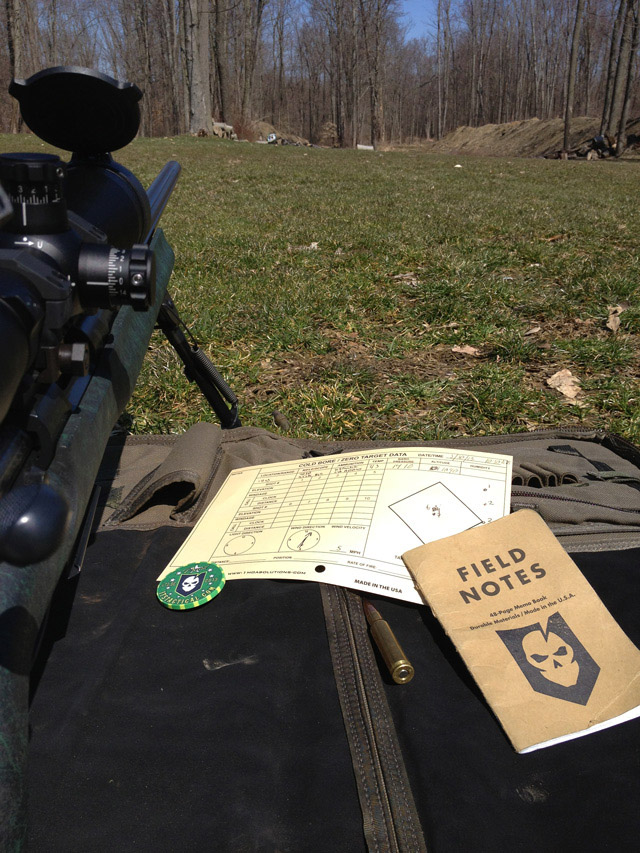
First a bit of a disclaimer.
I’m no expert. This article is a follow up to the Mammoth Sniper Challenge AAR I wrote a few months back and is intended to help point people in the right direction to start the process of long range shooting, and avoid making some common mistakes along the way. Folks have asked me to provide more info on how and what I did to get ready for the challenge and how they may be able to do the same thing. While I hope the following will be helpful, I take no responsibility for what those who may read this do with the information. Now if this inspires the next International Sniper Challenge winner, I’ll take all the credit they may wish to push my way.
Research
If your goals are to truly learn the craft of long range shooting and sniping, you need to obtain the resources in which to do so. While I feel there is a great deal of useful information on forum sites such as Snipershide.com, you must always keep in mind how much BAD information is also out there. It’s challenging because the Internet doesn’t require poor information be flagged as such — wouldn’t that be nice. Always try to back up forum knowledge with factual data if possible before taking it as the gospel. There are tons of factual data related to long range shooting out there and it’s readily available.
Definition of Terms
This was specifically requested by readers of the Mammoth AAR so here is a short list.
- MOA – Minute of Angle. 1 MOA is 1/60th of 1 degree.
- MIL – A milliradian is a unit of measure derived from the degrees of a circle (in a 360 degree circle, there are 6,283.2 milliradians, or 17.45 milliradians per degree). This means that a milliradian will subtend different amounts at different ranges.
- MIL’ing a target, ranging, using the MIL-DOTS in your scope to determine the distance to your target. Search the Internet for “Understanding MOA” and you will find tons of info including many NSSF sponsored videos with Ryan Cleckner. I found his videos to be easy to follow.
- Mirage – Heat waves that rise off of warm objects. You can use this to determine wind direction and speed.
- Trace/Glint/Trail – While trace and glint are reflections from light off of the bullet itself, trail or vapor trail is the actual disturbance of the air caused by the bullet. Yes, you can see this stuff when you train your eyes.
- Splash – What flies up off of the ground from the impact of your bullet.
- Zero – Adjusting your scope to hit exactly at your point of aim. 100 yards is a common “zero” distance.
- Dope – Data on how your bullet drops at distance as well as how it moves laterally due to wind.
- Solution – Like dope, is the data on how many clicks to input on your scope turrets to hit the target. A solution can be provided by your own mathematical calculations or be provided by a ballistic computer such as a Kestrel or data app on your smart phone.
- Environmental impact beyond wind and range – Temperature, barometric pressure and other weather factors affect your bullet’s flight.
- Wind direction on the clock – 12 is directly in front of you, 6 is behind you. “6 mph from my 3” describes wind coming from exactly right to left.
Research ranging, MOA and MILS on the Internet. Leupold has a fantastic .pdf on the subject.
Buy Once Cry Once
My good friend Brian got me into long range shooting after he had attended a precision rifle school with MacMillan. Truth be known, I already owned a tremendously capable Remington Custom Shop 40X Tactical in .308 with a Leupold Mark 4 16x MIL-DOT scope but certainly had not gotten serious about learning the craft. Looking back at things now, I lucked out getting good equipment without really researching things. Brian’s rig is custom made and laid out by MacMillan based on his request for a .308 rifle and topped with a Night Force scope. He is the guy who pointed out the phrase “Buy Once Cry Once” to me and he certainly lives by it.
It’s not hard to find a good precision rifle. There are many custom manufacturers, tons of production guns that shoot well and plenty of reliable forum information on them. But you will have to spend some money. Bolt guns are much easier to get into a precision rig and will in most cases be superior as far as accuracy. I currently have a LaRue Tactical AR based gun on order and it is very accurate, but I think most people will agree that a bolt gun is even more so.
Calibers are another consideration. I have chosen at this point to stick with military calibers but there are newer and very advanced cartridges out there purposely made for competing and sniping. Keep in mind that most competitions limit the velocity your bullet can travel as well as the caliber. Choices like .260 based rounds, 243WSM and others have ballistics superior to the 5.56 and .308. Cost per round and availability of commercial ammo are factors that have kept me to the military calibers. Continuity of ammo will also be a plus once I receive my LaRue OBR in .308 as my bolt gun is also .308.
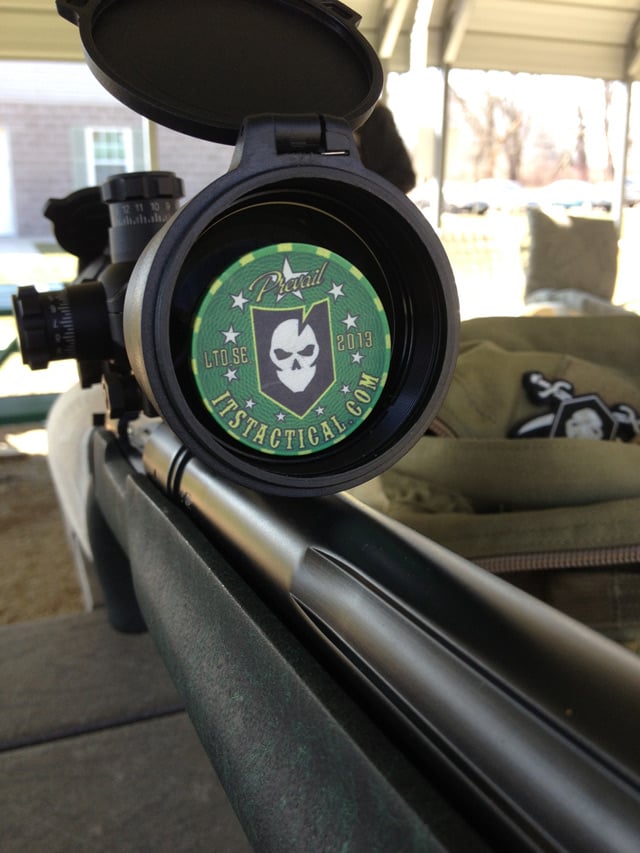
Optics are critical and in my opinion should be darn close to matching the price paid for the gun. Saving a buck on your scope is money wasted. Quality factors don’t just apply to staying zeroed in after travelling or rucking with your weapon. Having a scope that adjusts precisely and consistently is imperative for bench or field shooting. Buying a $2500 gun and putting a $500 optic on it may work well for deer hunting but it will not pay dividends at 850 yards.
I feel that if you can’t afford a Leupold Mark 4, you can’t afford at THIS TIME to finish your rig – save and wait until you can. The Mark 4 is the optic I personally use and will reference as the baseline in price and quality. You can spend a heck of a lot more but in my opinion it is a worthy topping to any gun out there; competitors and the military agree.
Getting the right accessories is also very important. While some competitions limit what accessories you can use, having all of the right stuff is critical to getting off good shots and data on your gun. A solid bipod will cost over $100, a wind meter from Kestrel will be from $200-$800 as some come with ballistic computers built in. Basically, going the “cheap” route on any component, be it rings, bases, ammo, bipod or whatever, will always hurt you in the long run. This is a game of precision and durability in the roughest of conditions.
Train with a Purpose
Similar to any activity, to make progress you have to practice with a purpose. Set goals and fire every shot for a reason. Have your pencils, papers, reference materials and your mind together and ready when you get into firing position. With today’s ammo prices, who can afford to waste rounds? To maximize your training you would need to know the basics so make sure you do plenty of research prior to sending rounds down range.
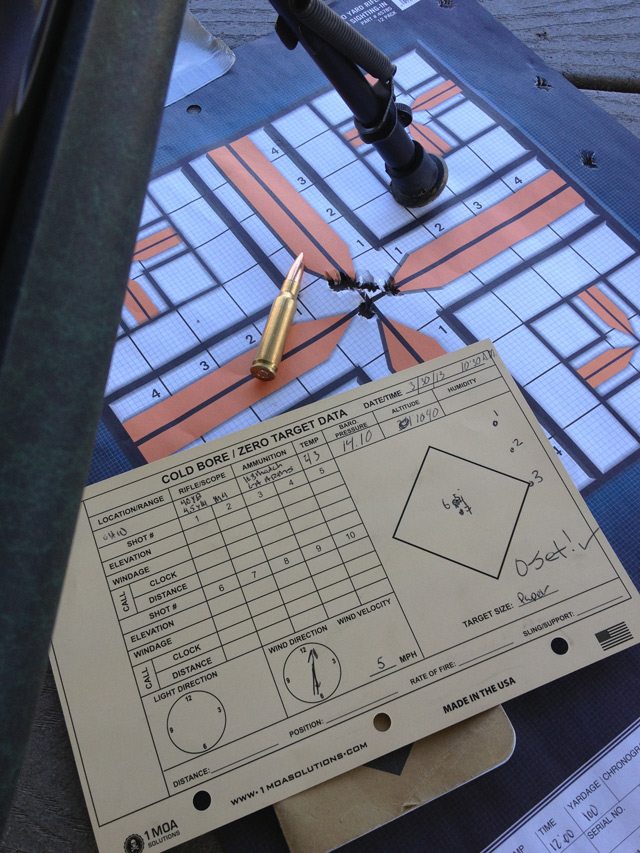
The best way to spend your time and money is to train with experts. There are quite a few reputable precision rifle courses out there from folks like MacMillan, Rifles Only and many more. We all like to obtain knowledge on our own but that’s usually the hard way. Take a course and skip the mistakes you’ll make trying to do it all on your own. Sniper’s Hide is also a great resource for finding competitions and training.
Shooting at the range is way different than in competition. On the range you may drop off a target, roll back a couple hundred yards, whip out the laser range finder and let one fly. What happens when you miss? We may range it again, look at the scope dials and wonder if we went the right or wrong way, shoot a couple more rounds, crack a Dr Pepper and snack on a pack of nabs, walk the distance off to check our range finder, on and on. Competitions are all about first round hits or being close enough to have a quick follow up shot find its mark. Stages are almost always going to be timed and it will not be an ample amount. Know your equipment before you go out to shoot and take it seriously.
There is nothing wrong with screwing around on the range, plinking and having fun, but this article is about being a pro and doing work. I was lucky enough to have Brian bring back the knowledge learned from MacMillan and pass it on to me. Like most who will read this article, I’ve shot for years but precision rifle shooting is different. Brian addressed how I get behind the rifle, how and where I rest my right and left hands, breathing, trigger control, and many other detail related items. During our first practice the smallest lapse in any of those details caused a surprising deterioration in accuracy. Think about it, any deviation at the gun is multiplied over hundreds of yards!
If you are training for a field event like the Mammoth or Rifles Only events, practice shooting in a multitude of positions. Training prone with a rear bag all of the time will not help you at such events. Practice shooting with your gun braced against a tree, leaning over a barrel, traditional sitting firing positions and even with you gun on its side. You should practice getting hits at known distances when your vertical axis goes to horizontal as in the case of having to make a shot with your rifle at 90 degrees. That’s a challenge!
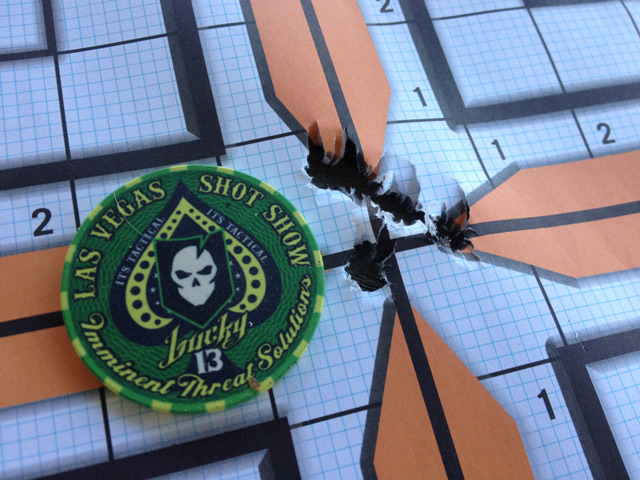
Sign Up!
Practicing to become familiar with your equipment and developing a range card (1 MOA Solutions Data Book sheet shown a few photos above) is important before going to an event but nothing will completely prepare you. The amount I learned at the competition was exponentially more than what I learned on the range. Our experience revealed that people in general were very helpful sharing tips with guys who didn’t pose a threat to them winning something. Of course, just like on the Internet, there were folks that thought they knew more than they did and after hours of giving out their advice, they didn’t end up ringing any more steel than we did. Search out and take advice from the guys making hits, not necessarily the guys with the most or fanciest equipment.
Gearing up for long range shooting is neither easy nor cheap. After reading this article, hopefully you can maximize your money and time spent by not wasting much of either. I have enjoyed learning and competing in environments that demand the use of my tactical, precision and physical skills and certainly look forward to staying on a steep learning curve as long as possible. Thanks for reading and hope to see you out in the field!
Editor-in-Chief’s Note: Jason is a small business owner in Virginia specializing in Physical IT Infrastructure and Electronic Security. He splits his free time between racing cars and all things tactical. Jason is very proud to have attended the Inaugural Muster event with ITS and we’re stoked to have him as a Life Member!






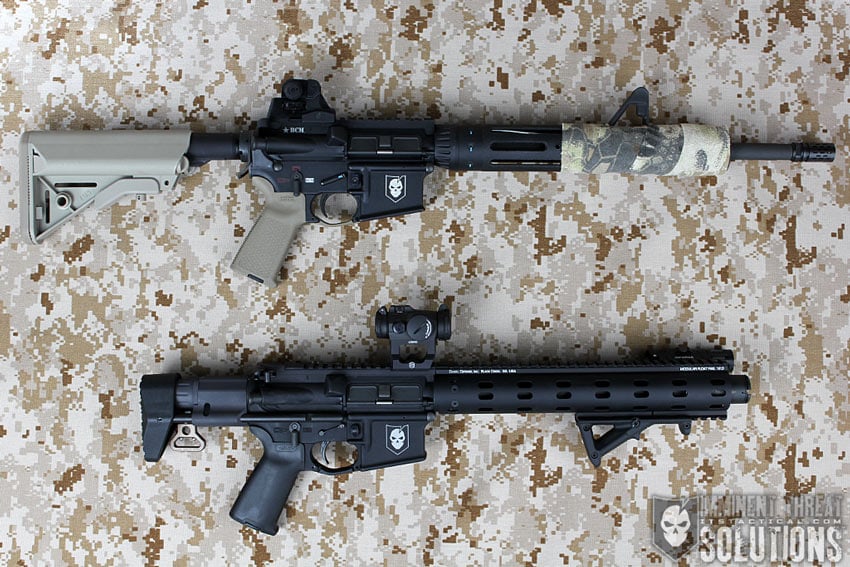
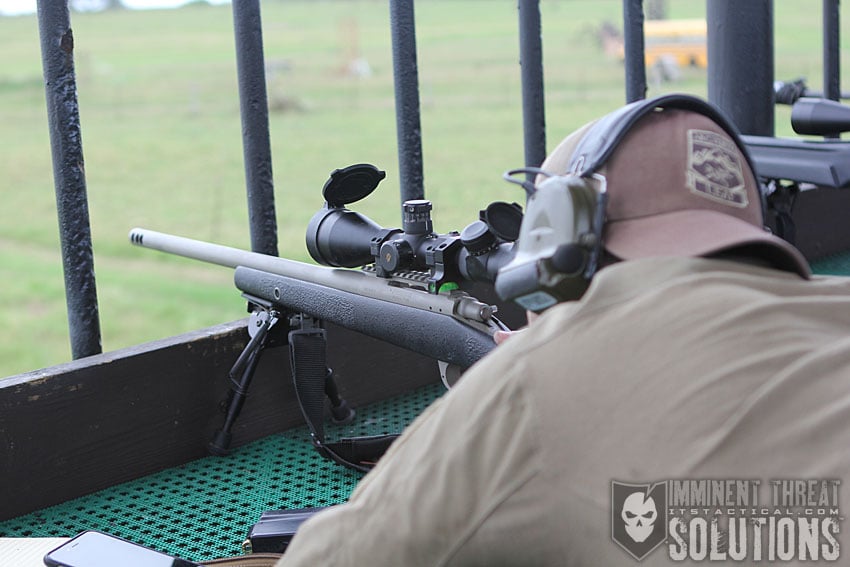
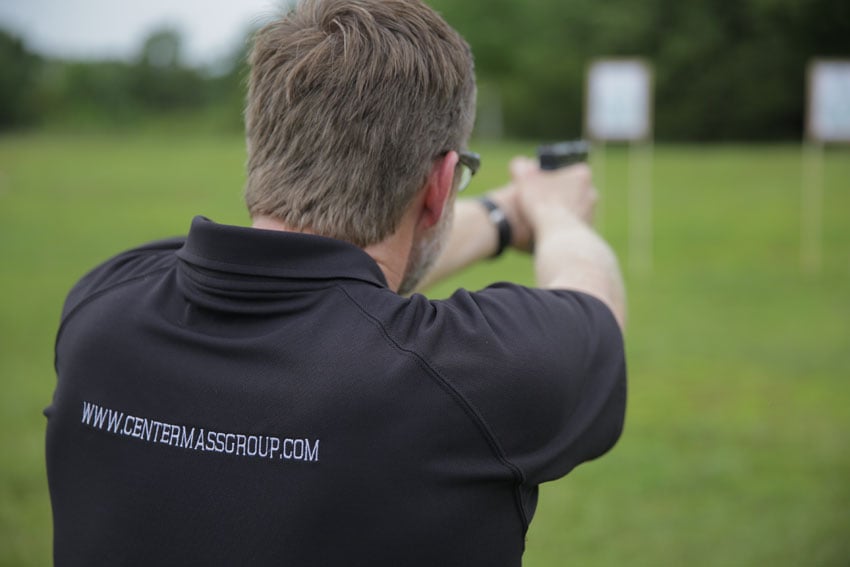
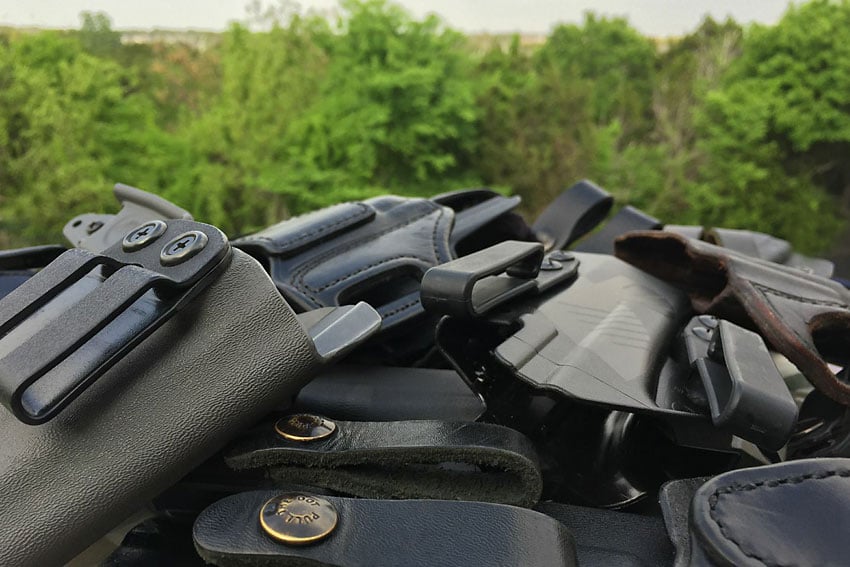

Discussion